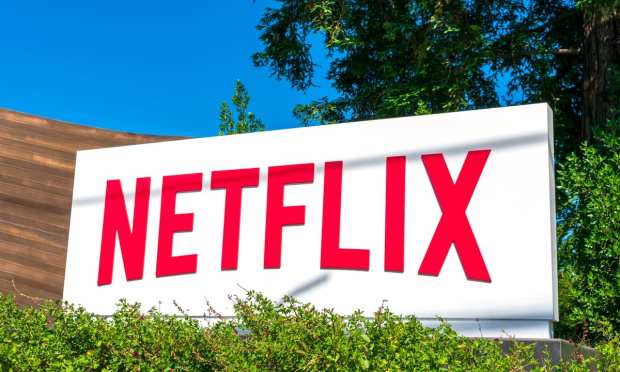The Future Of Connecting Commerce Everywhere And Anywhere

After 20 years of disrupting the movie business and creating the video-on-demand market, only to see that market become cluttered with competitors, Netflix is trying something new and jumping into the wild world of eCommerce.
Starting this week the streaming service has opened up its very own eCommerce shop featuring apparel, jewelry and other collectibles inspired by Netflix programming and available for purchase by avid fans. Prices range from $30 for a logo T-shirt to $135 for a necklace, with all products created through collaborations with outside designers, including streetwear brand Hypland founder Jordan Bentley, jewelry designer Kristopher Kites and multidisciplinary artist Nathalie Nguyen. The shop is open to all consumers; Netflix subscribers get no special advantage, as Netflix accounts cannot as yet be linked directly to shop accounts.
“We’re thrilled to give fans a new way to connect with their favorite stories, and to introduce them to the next wave of artists and designers who embrace the power of storytelling in all its forms,” Josh Simon, Netflix VP, consumer products, wrote in a blog post about the store.
The move to more directly monetize its IP makes Netflix somewhat unique in the steaming space, particularly if one discounts Disney+, as Disney’s longest-term and most deeply ingrained corporate competency for the last six decades has been its ability to successfully merchandise and monetize its vast troves of intellectual property across channels.
Netflix is the latest entrant blurring the lines in an increasingly connected economy by creating yet another touchpoint where consumers can transact in context.
A Growing Trend
And Netflix isn’t alone in its instinct toward jumping into commerce. Video game maker Roblox made a commercial connection with designer label Gucci a few weeks back that might have looked surprising at the outset but was by the numbers a success. Via the Gucci Garden Experience, a digital space created by Gucci, fans were allowed to shop digital Gucci items, some based on actual products from the company’s fashion line.
There were fan complaints, but the event was so popular that an item sold within it for $6 in the hands of scalpers had its price balloon $1,578. And those are real dollars, not Robux, the game’s currency. Buying an actual, tangible Gucci bag would in many cases have been slightly cheaper.
And Facebook’s efforts to turn its social media platforms into contextual commerce hubs are ongoing and myriad. The latest advance, announced this week by Facebook, will be an upgrade to Messenger that will make it possible for users to tap QR code technology to pay.
The goal, according to Facebook, is to give consumers an easy way to send and receive payments from other Messenger customers, even if they aren’t connected via the platform, by allowing users to share a payment link, and scan a QR code to either send or receive money.
Facebook’s product is new, but the social media giant has been examining personalized QR codes for some time. When PYMNS spoke to Facebook Global Business Group VP Carolyn Everson back in April, she stressed the company’s commitment to pushing more into digital payments.
“We certainly have very, very big plans around being able to facilitate payments between businesses and people and people to people,” Everson said. “We see being able to provide payment services globally as a really important service that we need to provide to both businesses and consumers.”
And QR codes, it seems, are on the payments services path.
Catching The Connected Opportunity
A reach to QR codes makes sense, given Facebook’s grander ambitions to play in the connected commerce ecosystem. The technology offer an easily accessible entry point and one that is becoming increasingly popular among American consumers. According to PYMNTS QR Code Tracker, contactless payment use in the U.S. market alone has surged 150 percent since 2019 — a rising tide that has lifted the QR usage boat by 11 percent since the pandemic began last March.
That surge leaves the U.S. still far behind the Asia Pacific region, where 46 percent of all eCommerce transactions are made using digital wallets, many of which can be accessed via QR codes. But it still tells a story about consumers changing habits and the need to create a new subset of commerce touchpoints that they can easily access how they want, when they want.
It’s the same story the Netflix expansion into commerce and digital Gucci bags are telling this week about the commerce ecosystem defined by interconnectedness. And not only between online and offline purchasing, as is often the frame, but between online, offline and the 10,000 places in between where there is a possibility of catching the consumer and creating a transaction opportunity where one has never existed before.
